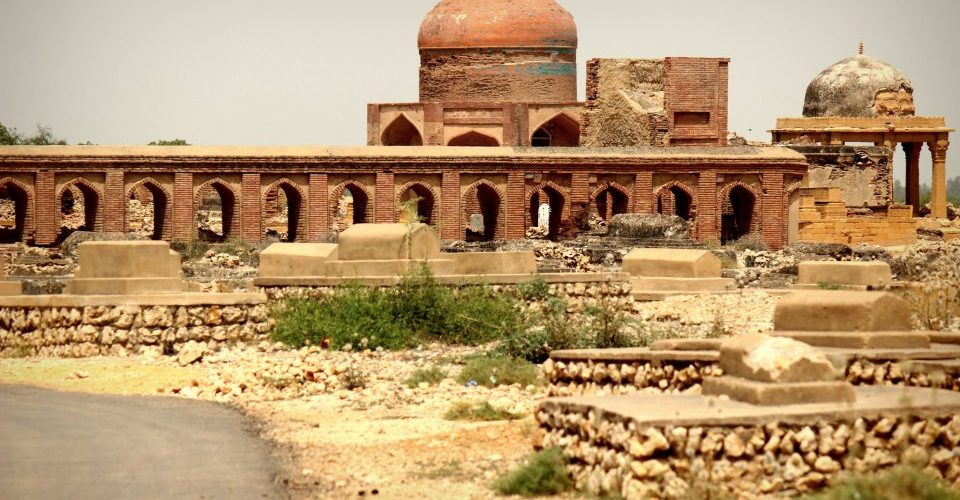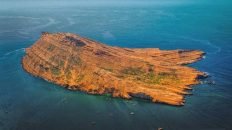Sindh is the southeastern province of Pakistan. The province is associated with the river Indus and the Indus civilization as the river Indus ends here and the largest city of Indus civilization is also here.
Culture & History of Sindh
Historically Sindh is home to the Sindhis. Different cultural and ethnic groups also reside in Sindh including Urdu-speaking Muslim Indians who migrated to Pakistan from India upon independence as well as the people migrated from other provinces after independence. The Sindh is linked with Balochistan in the west and north, Punjab to the north, Gujarat and Rajasthan of India in the southeast and east, and the Arabian Sea in the south. The main language of Sindh is Sindhi while all other languages of Pakistan are spoken here. Historically the Assyrians (as early as the seventh century BC) knew the region as Sinda. The Persians as Abisind, the Greeks as Sinthus, the Romans as Sindus, the Chinese as Sintow, in Sanskrit, the province was dubbed Sindhu meaning “Ocean” while the Arabs dubbed it Al-Sindh
Origin of the name Sindh
The province of Sindh and the people inhabiting the region had been designated after the river known in Ancient times as the Sindhus River, now also known by Indus River. In Sanskrit, sidhu means “river, stream”. However, the importance of the river and close phonetically resemblance in nomenclature would make one consider sidhu as the probable origin of the name of Sindh. Later phonetical changes transformed Sindhu into Hindu in Old Persian. The Greeks who conquered Sindh in 325 BC under the command of Alexander the Great rendered it as Indu, hence the modern Indus, when the British conquered South Asia, they expanded the term and applied the name to the entire region of South Asia and called it India.
Prehistoric period
The Indus Valley civilization is the farthest visible outpost of archaeology in the abyss of prehistoric times. The prehistoric site of Kot Diji in Sindh has furnished information of high significance for the reconstruction of a connected story which pushes back the history of India by at least another 300 years, from about 2500 BC. Evidence of a new element of pre-Harappan culture has been traced here. When the primitive village communities in Balochistan were still struggling against a difficult highland environment, a highly cultured people were trying to assert themselves at Kot Diji one of the most developed urban civilization of the ancient world that flourished between the year 25th century BC and 1500 BC in the Indus valley sites of Moenjodaro and Harappa. The people were endowed with a high standard of art and craftsmanship and well-developed system of quasi-pictographic writing which despite ceaseless efforts still remains un-deciphered. The remarkable ruins of the beautifully planned Moenjodaro and Harappa towns, the brick buildings of the common people, roads, public-baths and the covered drainage system envisage the life of a community living happily in an organized manner.
This civilization is now identified as a possible pre-Aryan civilization and most probably an indigenous civilization which was conquered by the invading Aryans. The Brahui language is possibly a remnant of the civilisation which flourished in this region.







Add comment